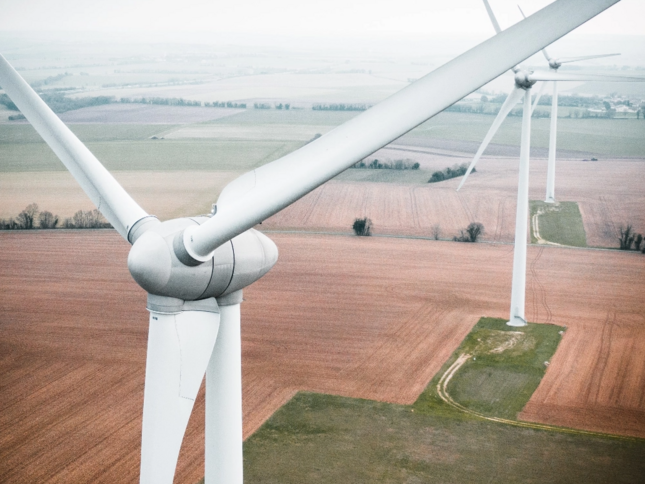


Energy efficiency is a shared responsibility and affects the entire computing centre
The power requirements of IT systems are complex: In addition to computing and storage systems and network components, cooling also consumes energy – and a great deal of it too. Cooling and electronics cannot function without electricity – but there is huge potential for reducing power consumption in these areas.
IT system operations and the necessary infrastructure for this should be thoroughly and constantly monitored to realise this potential and discover new opportunities: The LRZ has equipped its computer buildings as well as servers, computers and storage devices with thousands of sensors, continuously collects data on various operational and environmental parameters at its specially developed, freely available open-source monitoring tool, the Data Centre Database (DCDB).
The analysis focused on measurement data relating to the energy demand of building technology, IT electronics and system cooling, as well as whether there are any correlations between this information. This provides a better understanding of which factors influence power consumption at a computing centre and where improvements should be made to day-to-day operations. Other general findings from monitoring:
The LRZ has developed the direct cooling process using water in collaboration with tech firms, which has now become the global standard at sustainable computing centres, is constantly being developed and for which the LRZ has received several awards: The involves channelling water through the racks via copper pipes where it is then heated. This means that we can continue to harness the power of waste heat – e.g. to heat offices.
Today, 40-degree water flows through almost all HPC systems at the LRZ, the heat from which can be used or is channelled over the roof and back into the circuit for cooling. These are the benefits of direct water cooling:
